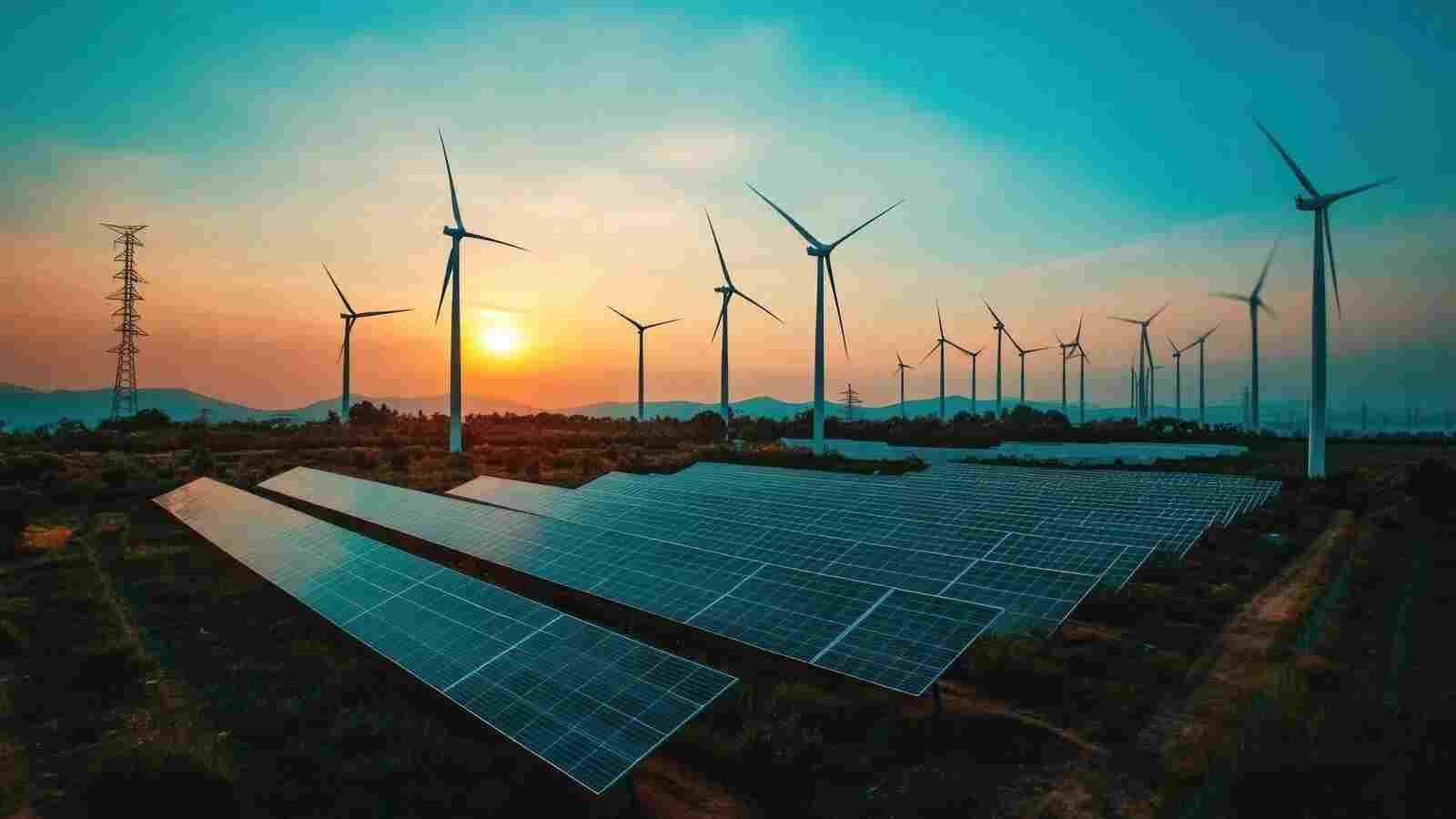As renewable energy deployment accelerates around the world, the limitations of aging electrical infrastructure become ever more evident. Upgrading legacy grids to meet renewable energy demands is no longer just a technical aspiration but a necessity for resilience, efficiency, and sustainable growth. Legacy grids designed for centralized fossil-fuel generation struggle with intermittency, distributed power sources, bidirectional flows, and variable load patterns, making modernization essential.
Understanding Legacy Grids and Their Constraints
Legacy grids often operate under unidirectional power flow assumptions from large generation sources toward consumers. Components like old transformers, limited sensor networks, rigid transmission lines, weak load balancing, and minimal automation make them poorly suited to incorporate distributed renewables such as rooftop solar, wind farms, or storage. In many cases response times to voltage fluctuations or demand surges are slow because legacy systems lack real-time monitoring and adaptive control.
Key Drivers for Upgrading Legacy Grids to Meet Renewable Energy Demands
Renewable energy sources are inherently variable and often intermittent necessitating grids that are flexible and responsive. Demand for electricity is rising due to electrification of transport heating and industry making capacity constraints more pressing. Customers expect reliable clean power with minimal interruptions and lower emissions. Policymakers typically aim for net zero or deep decarbonization targets putting pressure on utilities to support high shares of renewables. Doing nothing risks stranded assets inefficiencies and inability to meet climate commitments.
Technical Solutions and Innovations in Grid Modernization
Key innovations include deployment of advanced sensors and smart meters that enable real time visibility of grid status. Grid forming inverters and power electronics help manage variable sources and improve stability. Energy storage systems including batteries or other storage media provide buffering and smoothing of generation peaks and troughs. Demand response tools allow shifting of load away from peak times reducing stress on infrastructure. Grid digitization including data analytics digital twins and automation enable predictive maintenance, fault detection, and optimization of grid operations.
Financial and Economic Implications of Grid Upgrades
Upgrading legacy grids requires significant investment but also offers economic returns over time. Modernization can reduce operating costs through fewer outages less maintenance and improvements in efficiency. Avoided costs of curtailment of renewable generation or penalties from poor reliability translate to savings. New investment can create jobs and promote local manufacturing of grid components. Utilities that modernize may be better positioned to gain financing, funding or incentives tied to clean energy and sustainability performance.
Regulatory, Policy, and Market Frameworks
Supportive policies such as mandates for renewable penetration, incentives or subsidies for grid upgrades, carbon pricing, or feed-in tariffs create the environment that encourages modernization. Standards for interconnection, grid codes, and inverter performance are essential to ensure that new renewable sources integrate smoothly and safely. Market mechanisms that reward flexibility demand side participation and ancillary services allow operators to monetize the benefits of modernization. Regulatory oversight ensures reliability standards and that modernization costs are balanced fairly among stakeholders.
Social, Environmental, and Reliability Benefits
Modern grids reduce carbon emissions directly by enabling more clean energy and indirectly through efficiency gains. They improve reliability reducing blackouts brownouts or voltage sags that harm industry, communities or critical services. Environmental impacts such as reduced air pollution benefit public health. Modernization often improves resilience against extreme weather events climate impacts or cyber threats. Consumers gain better power quality and more control over their energy usage and decision making.
Common Barriers and Ways to Address Them
Challenges include high upfront costs lack of data or skilled workforce regulatory complexities legacy equipment that is incompatible or difficult to retrofit and stakeholder resistance. Overcome these challenges by phased upgrades focusing first on high-impact zones, partnering with technology providers, investing in workforce training, using pilot projects to demonstrate benefits, securing regulatory support and exploring financing options such as public-private partnerships green bonds or performance contracts.
For More Info https://bi-journal.com/upgrading-legacy-with-renewable-energy-demands/
Conclusion
Upgrading legacy grids to meet renewable energy demands is a transformative endeavor that aligns infrastructure with the future of generation and consumption. Modernization yields reliability, environmental benefits and cost efficiency while enabling deep decarbonization. Though it involves complexity, coordinated planning technological innovation and policy support make the journey not only feasible but essential.

